The traditional Japanese wedding is a unique event that is often considered one of the biggest celebrations of a person's life in Japan. It is filled with symbols and traditions that are deeply rooted in Japanese history and culture . In this article, we will explore the different stages of traditional Japanese marriage and the meanings behind each of them.
THE WEDDING PROPOSAL
In Japan, the marriage proposal is often considered a formality rather than a big event; in general, the future groom must seek permission from his bride's parents before proposing to her. This is often done at a dinner where the groom-to-be presents gifts to the bride's parents to show his respect and affection. If the bride's parents accept the request, this marks the start of preparations for the wedding.

THE ENGAGEMENT CEREMONY (YUI-NO)
The engagement ceremony (Yui-no) is an important stage of traditional Japanese marriage, the latter generally taking place several months before the wedding date and consists of an intimate ceremony during which the families of the bride and groom meet to formalize their engagement. During this ceremony, families exchange symbolic gifts, such as cups of tea or fans, to celebrate the union.

THE WEDDING CEREMONY (SHINTO)
The wedding ceremony (Shinto) is the most important stage of traditional Japanese marriage, it is often celebrated in a Shinto shrine and is conducted by a Shinto priest. The bride and groom wear traditional Japanese clothing, with the groom wearing a montsuki and the bride wearing a white kimono with a tsunokakushi (this is a veil allowing you to hide the “horns” of jealousy). The ceremony itself is filled with symbols and rituals, such as the exchange of sake cups which symbolize the union of the two families.

THE WEDDING MEAL (SHINZEN-SHIKI)
After the wedding ceremony, the bride and groom and their guests gather for a wedding meal (Shinzen-shiki). This meal is often held in a specialized location, such as a hotel or restaurant, and is considered an opportunity for families to come together and celebrate the union. During this meal, guests can enjoy traditional Japanese dishes, such as sushi and tempura.

WEDDING GIFTS
Wedding gifts, called "hikidemono", are an important tradition in Japan. The bride and groom often offer gifts to their guests to thank them for their presence. The most common gifts are small gifts such as tea bags or sweets. The parents of the bride and groom may also give larger gifts such as jewelry or money.

WEDDING OUTFITS
Traditional Japanese weddings are characterized by elegant and sophisticated outfits, in fact, brides generally wear a white kimono, called "shiromuku", it symbolizes purity and virginity. The bride's hair is styled in a bun and can be decorated with kanzashi, these are traditional Japanese hairpins. It is also customary to wear netsuke, these are decorative buttons, they can be integrated into a kimono or traditional Japanese pants. Some Japanese families, generally the richest, also have an emblem; it is customary to embroider this emblem on the clothes of the groom and the bride. Very frequently, the bride and groom do not have just one outfit, in fact, they may have one outfit for the ceremony itself and then have another outfit for the rest of the day. Generally and as we indicated just before, the wedding outfit is white, however, for the rest of the day it is very popular in Japan to opt for much more colorful traditional outfits !


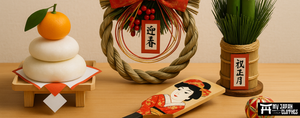
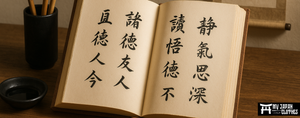
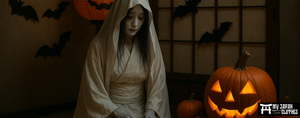
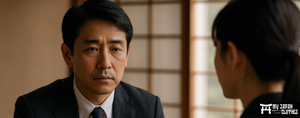
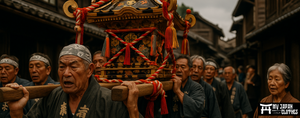
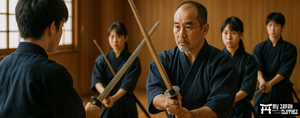


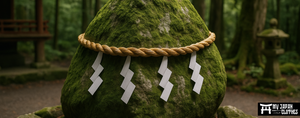
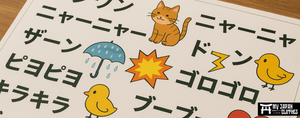
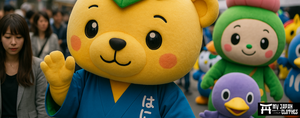
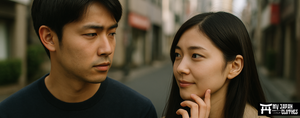
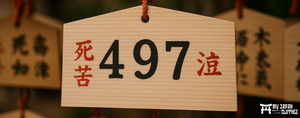
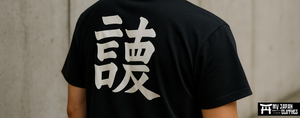
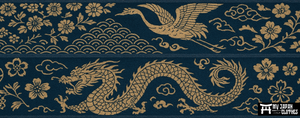
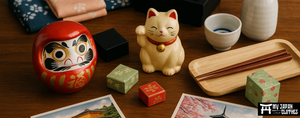




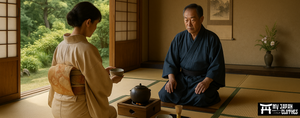
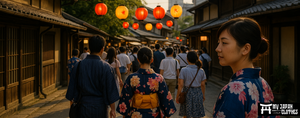
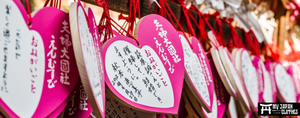
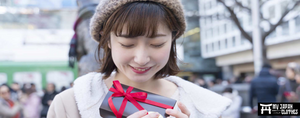


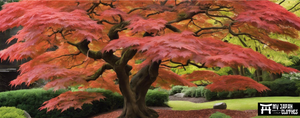
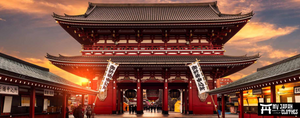
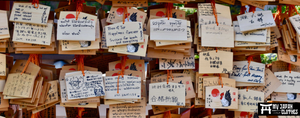

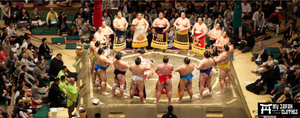













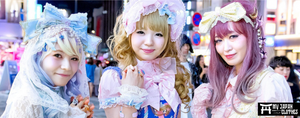

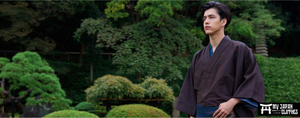
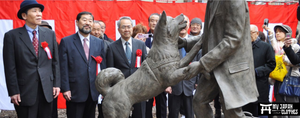
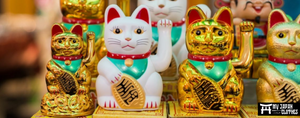

Leave a comment